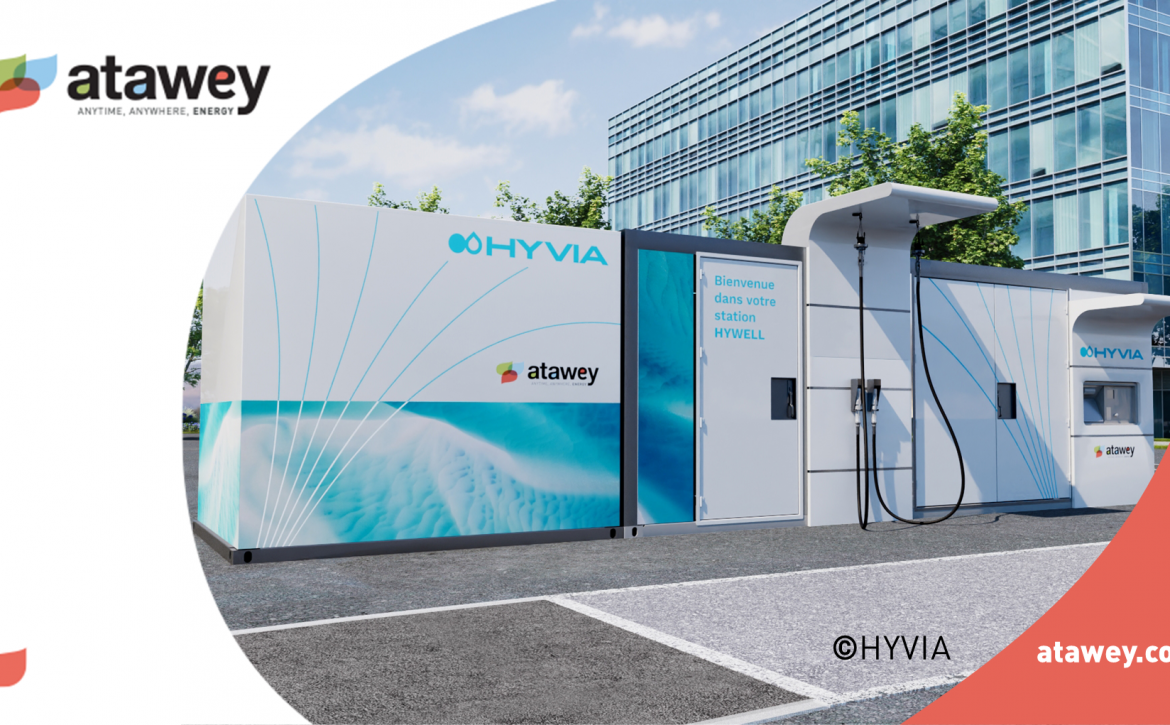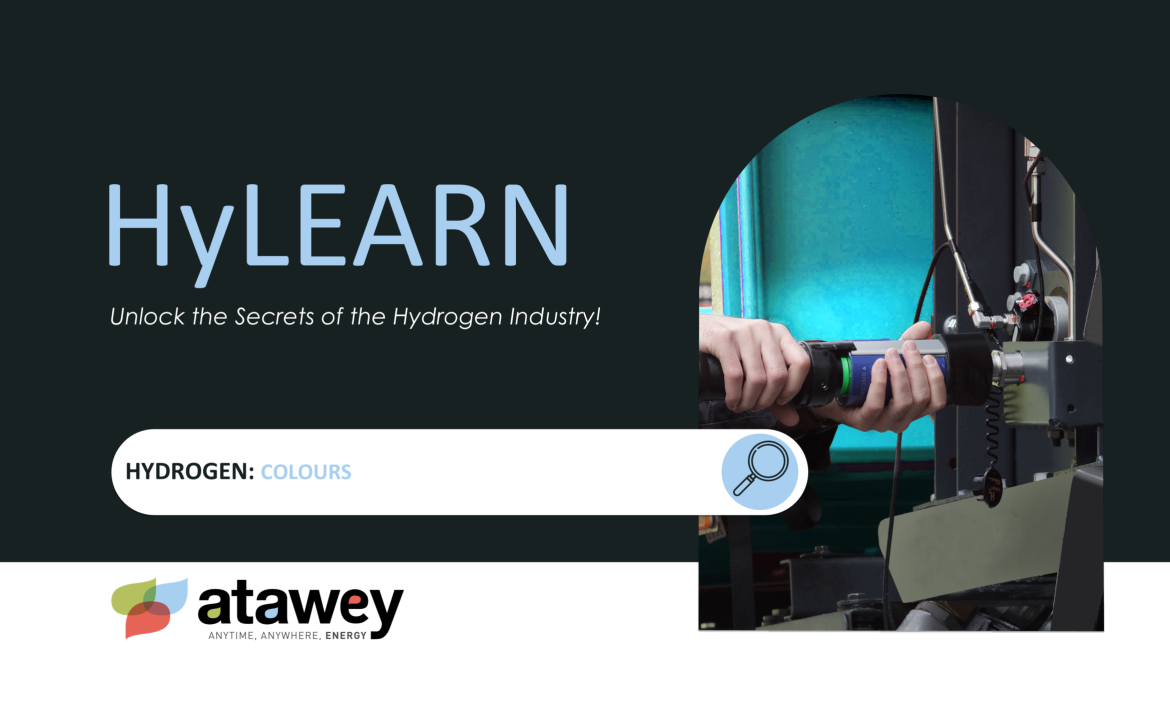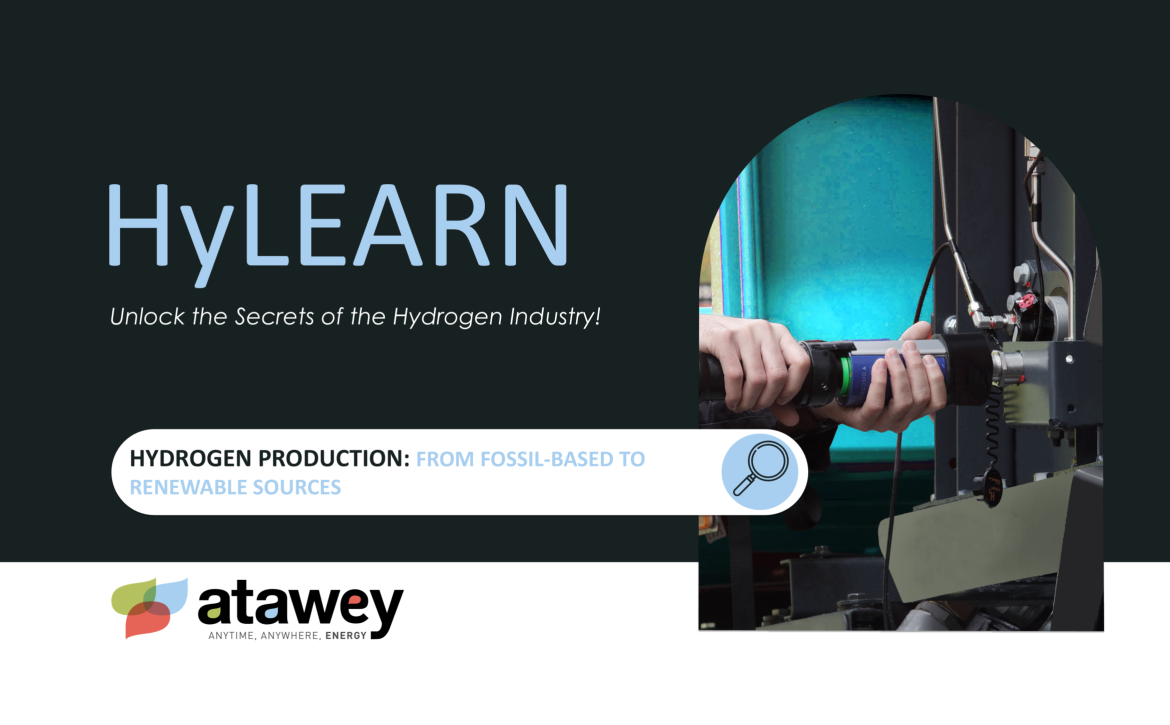H2 ecosystems: a new step for Atawey
With more than ten years’ experience and expertise in the design, manufacture and distribution of hydrogen refueling stations, Atawey, a key player in the hydrogen mobility sector, has in just a few years become the French leader in hydrogen refueling stations (with more than 40% of stations installed by the end of 2022). Thanks to its expertise, its wide range of modular and scalable stations, and its in-depth knowledge of H2 ecosystems, Atawey is also as a partner for hydrogen mobility players.
From initiating H2 ecosystems
HYVIA, the joint-venture equally owned by Renault Group and Plug dedicated to hydrogen mobility, announced on 29 September that it had chosen Atawey to co-develop a new hydrogen refueling station : “HYWELLTM by HYVIA”. This station is part of a much bigger project, as HYVIA been able to deploy a complete and unique offer of H2 ecosystems on the European market.
« I’m delighted and proud of the work accomplished with the ATAWEY team since we decided on this partnership last year. We share the same vision. Our teams are working on a key solution to initiate H2 ecosystems, ready to support the rapid deployment of intensive H2 mobility. » – says Franck Potel, Director of Partnerships at HYVIA.
The latest addition to the range of compact stations designed and manufactured by Atawey, this hydrogen refueling station has been sized and designed to support the successive phases of decarbonisation of professional LCV fleets.
« This compact station joins our portfolio of hydrogen refueling stations, a portfolio that is adapted to the different needs of the market. It is the fruit of our expertise and industrial know-how, and reflects our ability to support hydrogen players from the earliest stages of their projects, offering them a solution tailored to their specific needs. », says Pierre-Jean Bonnefond, co-founder and Managing Director of Atawey.
Thanks to its Compact and Plug & Play architecture, this station can be deployed quickly and easily on the most constrained installation sites, requiring little civil engineering and simplifying administrative procedures.
Thanks to the integration of the MC Formula system to optimise filling time for users, and a bigger compression and storage capacity than previous versions of compact stations, this new hydrogen refueling station has been designed to optimise the user experience. The station has a distribution capacity of 100 kg/day of H2 and can refuel 20 to 25 vehicles.
Another advantage is that the investment and operating costs of this new station make it possible to initiate carbon-free mobility H2 ecosystems very easily.
« This station once again demonstrates Atawey’s ability to support hydrogen players. We had already proved this with our mobile station, which was deployed as part of the ‘Hynova’ project. Because for regulatory reasons relating to port areas, no other type of hydrogen refueling station could be installed. This mobile station was also adapted to Hyliko’s needs in terms of initiating heavy mobility ecosystems, thanks to a solution that includes trucks and stations ». – says Jean-Michel Amaré, co-founder and chairman of Atawey.
Towards mass deployment of intensive mobility
These projects demonstrate Atawey’s determination to become one of the key players in the French and European H2 ecosystems. From vehicle tests to the initiation of the decarbonization of professional fleets, Atawey is accelerating the deployment of hydrogen mobility.
This acceleration is also reflected in its range of high-capacity hydrogen refueling stations (the evolutive stations), deployed in particular along major European routes by project owners such as HYmpulsion, to support the rise of hydrogen applications.
« Because if there’s one thing to remember about our compact stations, it’s that they’re just the beginning of tomorrow’s mobility. Mobility that will require large-capacity stations, and who today can predict how large they will be ? In any case, Atawey will be there to answer », concluded Pierre-Jean Bonnefond when he spoke at the opening of the HYVIA H2 Ecosystem Event on Monday 2 October.
More than just a manufacturer of hydrogen refueling stations, Atawey is the partner of choice for accelerating hydrogen mobility all over the world.




